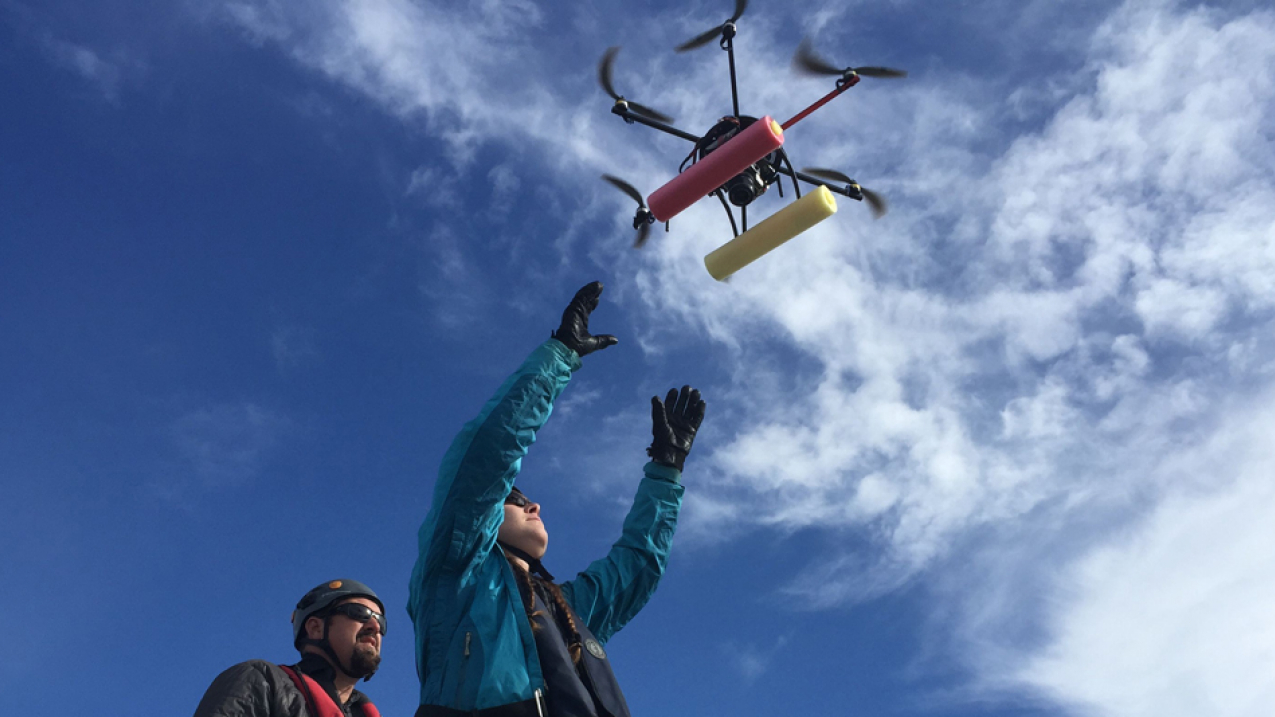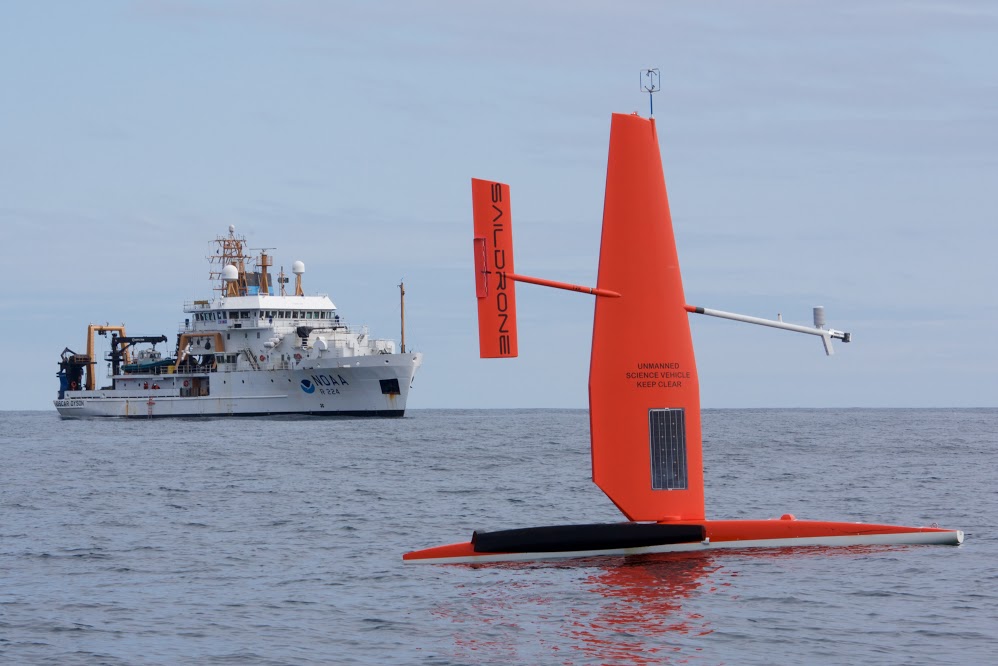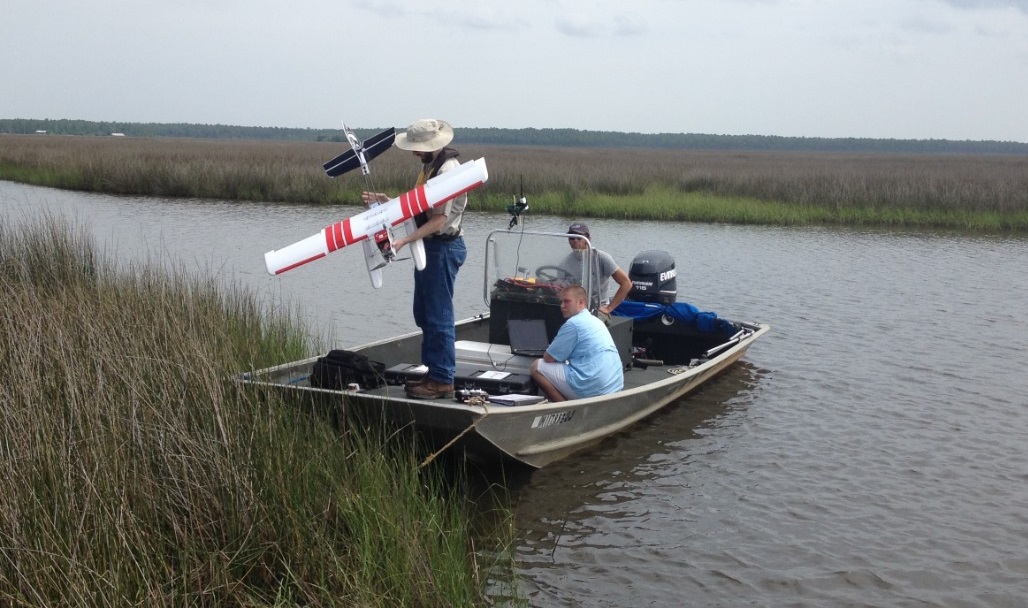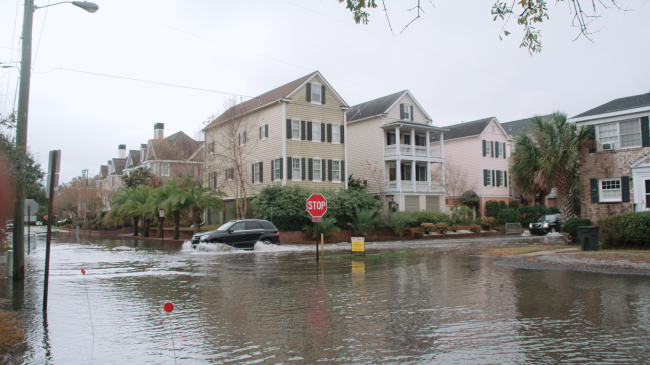At first glance they might be mistaken for toys, but these remote-controlled devices aren’t for play. Unmanned aircraft and watercraft are being put to work by NOAA scientists to gather astonishing new data from our wildlands and waterways.

NOAA's John Durban and Holly Fearnbach release a hexacopter to photograph and gather breath samples from whales. (Image credit: WHOI/Veronique LaCapra)







